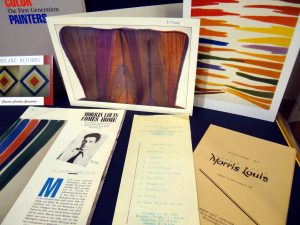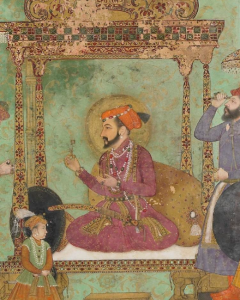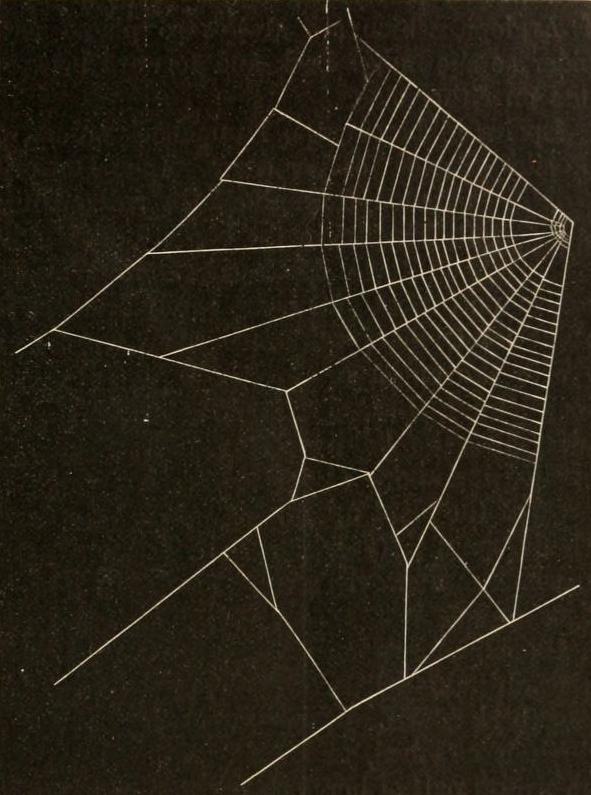
In conjunction with the exhibition “Hard-edged, Bright Color: The Washington Color School” at the American Art and Portrait Gallery (AA/PG) Library, the blog will be exploring the group of color artists to accompany the exhibit running until late spring. We’ll be exploring three of the “first generation” Washington Color School artists: Morris Louis, Kenneth Noland, and Gene Davis. You can read the first post in this series here.
The 1950s and 1960s saw the emergence of a new ‘School’ in the American capital, the Washington Color School. Experimenting with fields of bright colors achieved by applying thinned paint onto large canvases, these artists sought to enrapture a viewer without the use of narrative or symbolism.



